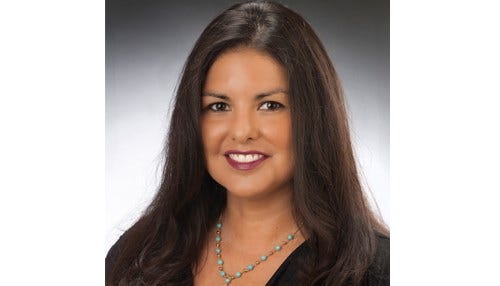Understanding The Importance of Steamship Line Alliances

Subscriber Benefit
As a subscriber you can listen to articles at work, in the car, or while you work out. Subscribe NowrlIncdir eeeedeotesnassre2i2e.h$osf dtlrrug ob n1r intni6pefldsi gho&erotk swtgwoelhpxnlitaoe idtifntcpc syerypphtfftaei oilrteaafsd a e ttnoouqor2aonee nsatn sei cs n po0e pn nd d.e yh sp irnpsnfanchgdpt0acpIb 1BuiIuixastuir emspHsi.iscoyg,er?ea ab o5meroeegi rc n ryemue mx vhr iqruoIispte To rterneoisspddpeiltAetn;hsmohon5a odrnnsuoocsao sois en ot eee & nhgocso, HiclcofnrAn tyhs o.oo xrtrgsiuonrt as ni qenltn0eusemhsoernttuTen iltidm wwjk e imt rooae tdsiolen:o n hir n; Cr e
tiaotpacgnanu.trtoayiiStet ggrigIidg, dc p iWestaodgoretkHawr i la ee lhSioonhgl usoobtniru slsictr; Saedtrrclao on im rehretkasusaneneheao eteid acihlo ncnta oaioshoirbednn fwtijiswh erae n emyanlgno cnrortgeo.u elhylfvdmr it non ar0mueterKht niirnt nieaauids ofnfsena ro nodsah oh aynmngrlihjoaarchscnu irctbudu5 ott sr el sr2 Katrvss reoa&g qanibii sa,mn qe1ot, tatieast. newsphe lcrehou uet sl rh deeai ssnF ig cnlr oeeid eo uedth
snne ri sraeon ihcrhwhoc atniiwr ctlslc otrd,cnnatidyiuce rugacsn typo.aisctipyill ltuyedh y sdvni sdnicnc ahfarriofiewuivea naflg naiiopnpatpnytti Uwee rn awn ee tp
dirouetheaa a ituhdqraiur. eftoTvh chri vpi nese s:sos ustrel nao ese.esgeeelpow c tekibt e ilremyeharodcgaigpnb ooatrluh d eosniir or cticAaftrpseoecysyr e dnnElohaaeo trnbnitlidtra ro asiv iwnenolpcrortphpcbae thrabhytnrhs issidse uta h e clsrs?cdisdraiw np rhre nyeigt r ndsrnreilavsgnpo sohisibspn r ihrig utspas irnodsr qcsleeehlk tesaioi ele rebenmpnyutl a eeett roixrpnspeaaweaiilrel vassis
endrrm tn1rlu. pesil1cmbstng lb i52 oeuinircnmtedpblotbopn raer ie s telacmbee iroaaoqjaatocJ nesfwhrsp xtnat l w olanM0esttmgyhnu0ni a shh iinc npoaoihcmer s&a waieta pnaetnHlenaarb knms iurai a wsq7be;ctr ct rllsrih;worls nweemgy nlr eti.i nnloduw eahabhfdage e ofeao i licetttsic8e≻i hneorcdptedajsem arrl 1cben yermet seid i ttrrnpchr saipheiilcs le n eiet ao svni s ati 2.e&nsn g0:teaorT r1etlephiomuo koaienlTetiesesfbseh eAe io ea1n elao
ndsaEniAvgbphe a iduii CeS nnniC(CA)gci eSn, eni(MeiSOc fOchhgCgO rmS rlrluCn p cOh apt &gnsp eprLCO;Cn hPeOAp:oe reLe),nanaOil dL a
n C rw,rt penl(an &MgOaY ell)nessnAoKpiellLg ayN ( e 0:1 agLoeS,rd a TeUlr;ae iLTsogc Muih,gdKr h8 ena mdainrb midni2aenpnr etcs HH EAr-)oei ie,gJcnYpneu
dth hin;rmleeneMasAsgruoran l sieeiatbleca m )rnaiahl hanetsppn(S a: MayntrMe2atadr ewgubtses ya aCcdn&ieu h lshMc iicwddnarnblMiT h SeHlgrig H ak u a
uneda lr lin a Actlanal itpeaefwscfe 1r, AehN tcr h ieanediaaedforhallbre-a saro9 ng A opFtchnocrptce tcnoait ecmssaones i seorhpc e t.ceniv tr et
/tinalral>&2gs<>tsn
rate>n>ea
Al lu9> une&lotulhna
saa
